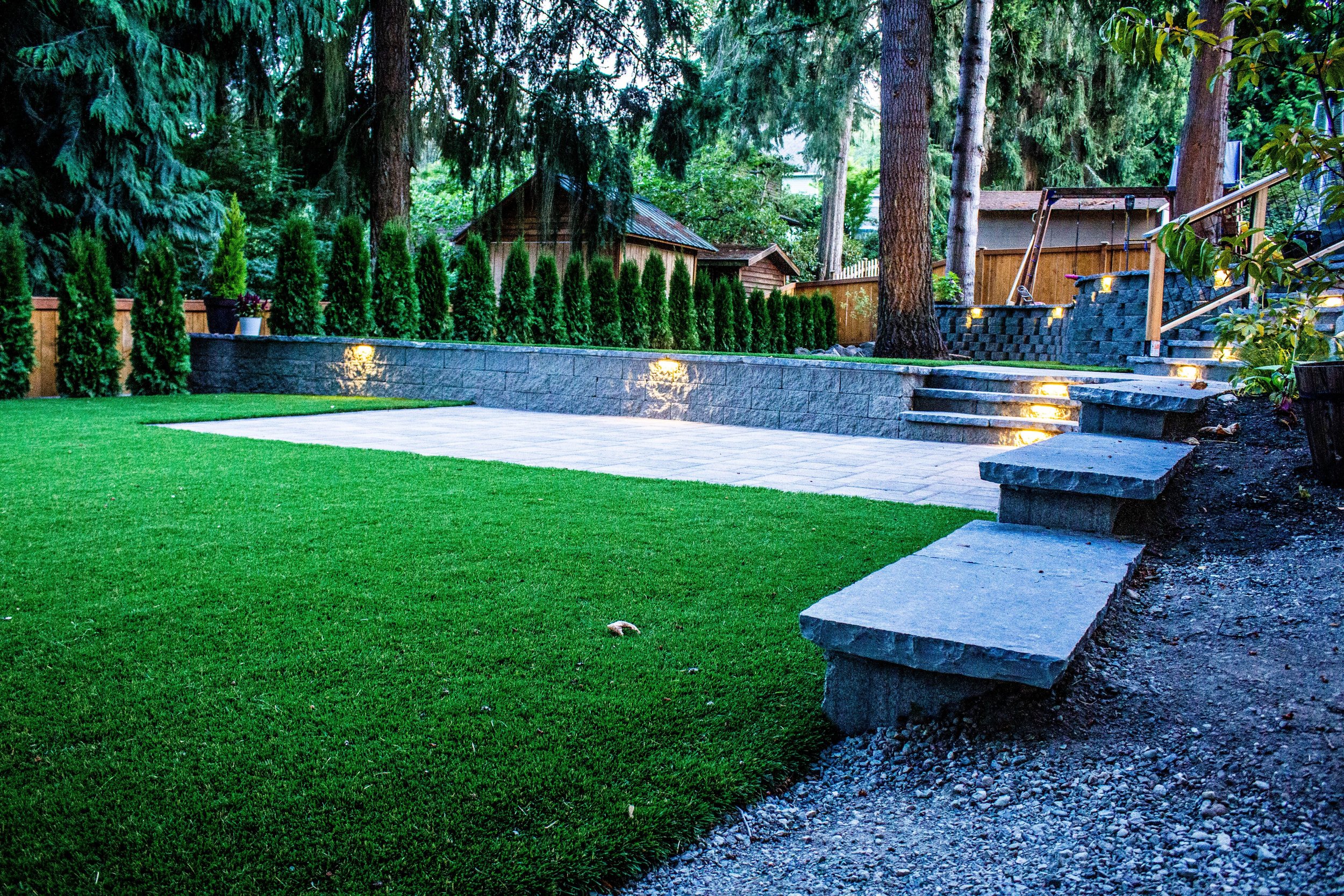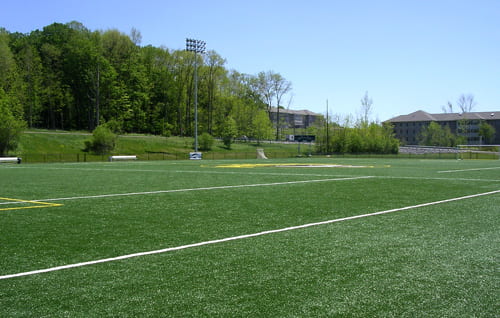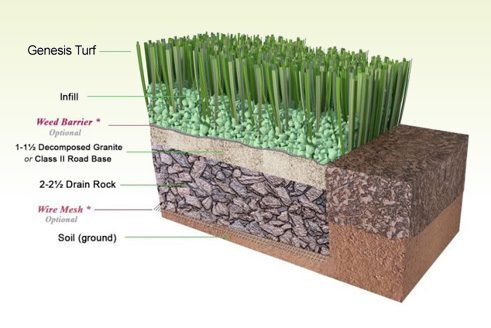Top Phoenix Turf Companies Providing Superior Synthetic Lawn Products
Top Phoenix Turf Companies Providing Superior Synthetic Lawn Products
Blog Article
Explore the Environmental Conveniences of Opting for Synthetic Grass Solutions
The adoption of man-made turf solutions presents an engaging chance to resolve pushing environmental difficulties. By considerably minimizing water usage and reducing the application of harmful chemicals, these options not only promote lasting landscaping however likewise safeguard neighborhood environments. The lower carbon footprint associated with lowered upkeep tasks adds to a more lasting approach to land monitoring. Nevertheless, the implications of these advantages expand past mere preservation initiatives, elevating concerns concerning their long-lasting effect on habitat conservation and general ecological balance. Exploring these measurements exposes a complicated interaction worth considering.
Water Preservation Advantages
One of the most considerable benefits of man-made turf is its ability to save water. In contrast, fabricated lawn does not require watering, dramatically lowering the overall demand for water resources.
By removing the requirement for regular watering, man-made lawn contributes to lasting landscape practices and assists minimize the ecological effect of too much water intake. Additionally, the preservation of water reaches the reduction of overflow, which can cause soil disintegration and river air pollution.
Additionally, the setup of synthetic grass enables communities and home owners to designate water sources extra successfully, concentrating on necessary uses such as drinking water and agriculture. The change in the direction of man-made turf not only advertises responsible water use however also aligns with wider environmental objectives intended at maintaining natural deposits.
As neighborhoods increasingly focus on sustainability, the water conservation benefits of synthetic grass provide a compelling situation for its fostering in residential and commercial landscape design tasks.
Minimized Chemical Usage
The shift to man-made grass dramatically decreases the dependence on chemical therapies frequently used in natural grass upkeep. Standard lawn administration commonly includes the application of herbicides, pesticides, and plant foods to advertise growth and control parasites. These chemicals can position risks to human health, regional wildlife, and the atmosphere, contributing to soil and water contamination.
In comparison, synthetic grass removes the requirement for these hazardous compounds. When set up, it calls for very little maintenance, primarily including regular cleaning and occasional infill replenishment. This decrease in chemical usage not only benefits the prompt atmosphere yet also adds to wider eco-friendly security. By reducing the launch of artificial compounds into the ecosystem, synthetic grass promotes healthier soil and water supply.
Additionally, the lack of chemical drainage connected with man-made turf setups helps safeguard neighborhood waterways from contamination, sustaining water life and keeping biodiversity. Turf installation phoenix az. As communities significantly prioritize lasting methods, selecting synthetic grass provides a sensible remedy that straightens with environmental conservation objectives. Via this shift, residential property proprietors can take pleasure in rich environment-friendly spaces without compromising eco-friendly health and wellness, paving the method for a more lasting future
Reduced Carbon Impact

Moreover, the installation of synthetic grass can result in significant check my reference water conservation. Natural grass need significant quantities of water for watering, which not only contributes to the carbon footprint related to water removal and treatment however likewise pressures local water resources. In comparison, fabricated grass requires marginal upkeep, calling for no watering, consequently considerably minimizing water use and its linked energy costs.
In addition, the longevity of synthetic grass adds to its reduced carbon influence. With a life-span of approximately 15 years or even more, the requirement for constant substitutes is diminished, resulting in less waste and lower power usage in manufacturing and throwing away traditional turf choices. Overall, synthetic grass presents a sustainable option for environmentally conscious landscape design.
Environment Conservation
Environment conservation is a critical consideration in the debate over landscape design options, specifically when contrasting synthetic grass to all-natural lawn. All-natural turf lawns frequently require considerable upkeep, consisting of using herbicides, fertilizers, and pesticides, which can adversely influence local communities. These chemicals can leach right into the dirt and waterways, hurting indigenous flora and animals and interfering with regional environments.
Synthetic lawn removes the demand for harmful chemicals, thereby safeguarding close-by wild animals and keeping the honesty of surrounding ecological communities. The installation of fabricated lawn can lead to the conversion of previous turf locations right into even more biodiverse landscapes, such as pollinator gardens or indigenous plant areas, which can sustain local wild animals.
Ultimately, the transition to synthetic grass not just saves water and reduces maintenance initiatives but additionally cultivates an extra harmonious connection between human tasks and the native environment, promoting habitat conservation in the procedure.
Long-Term Sustainability
Long-lasting sustainability is a crucial element in evaluating the advantages of synthetic grass over traditional lawn lawns. One of one of the most considerable benefits of synthetic grass is its resilience; it can last approximately 15-20 years with very little upkeep, whereas all-natural grass needs regular reseeding and replacement. This durability reduces the requirement for consistent sources, such as water, plant foods, and pesticides, which are important for keeping a healthy and balanced yard yard.
In addition, artificial grass contributes click for more to a decrease in carbon discharges related to grass treatment devices. Standard yards frequently require gas-powered mowers, trimmers, and blowers, all of which contribute to air pollution. Arizona turf. In comparison, synthetic lawn removes the demand for such tools, promoting a cleaner setting
In addition, the manufacturing of synthetic grass progressively makes use of recycled materials, improving its sustainability profile. As producers take on environment-friendly practices, the environmental footprint of synthetic grass proceeds to lessen.

Final Thought
The fostering Homepage of synthetic grass remedies provides significant environmental advantages, consisting of considerable water preservation, reduced dependence on harmful chemicals, and a reduced carbon footprint. Furthermore, synthetic grass aids in maintaining natural environments by decreasing land disruption and promoting long-term sustainability via making use of long lasting materials. Jointly, these elements underscore the potential of synthetic grass to add favorably to environmental health and use a feasible choice to typical landscaping techniques in an increasingly resource-conscious globe.
In contrast, man-made grass does not need watering, dramatically reducing the overall need for water resources. By decreasing the launch of synthetic substances into the ecological community, artificial lawn promotes much healthier soil and water systems.
In addition, the setup of man-made lawn can result in considerable water preservation. In contrast, artificial grass requires minimal upkeep, needing no watering, thereby substantially lowering water usage and its associated energy expenses.

Report this page